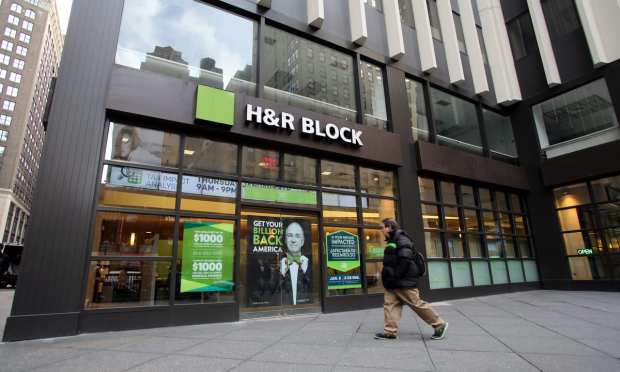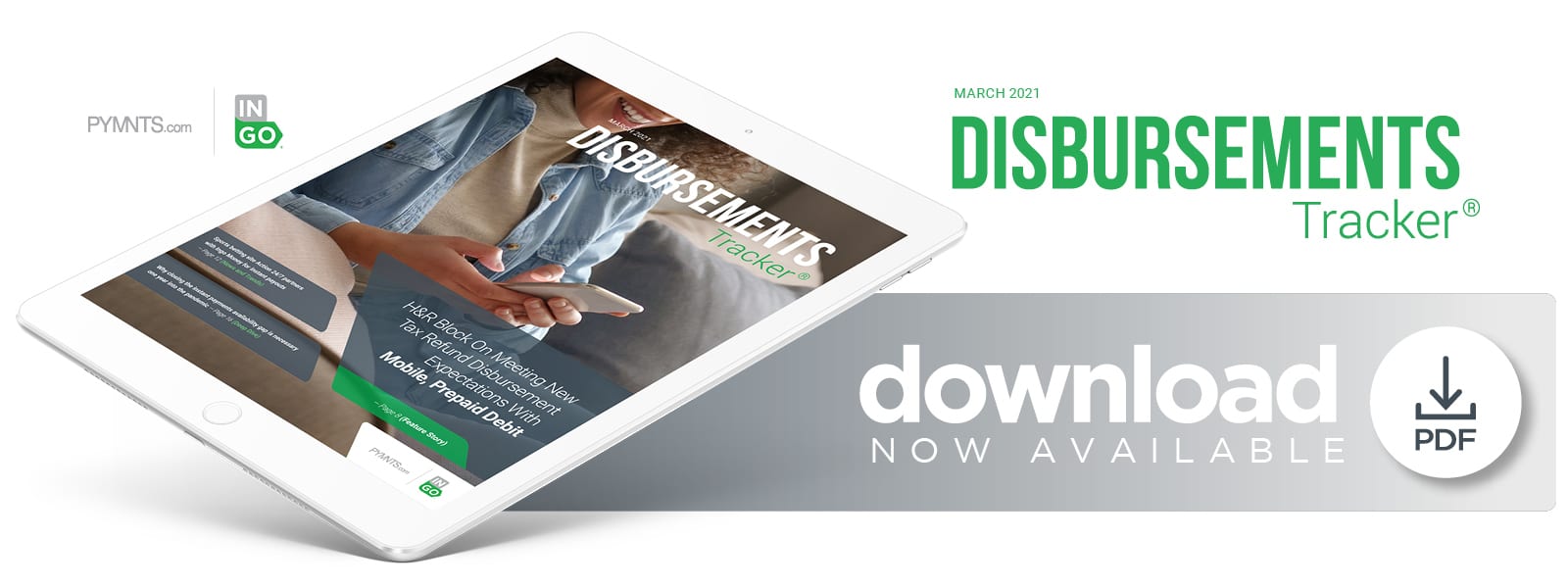H&R Block On Meeting New Tax Refund Disbursement Expectations With Mobile, Prepaid Debit

The ongoing pandemic has led to tumult in multiple areas for consumers, who are now seeking ways to smooth their cash flow and receive funds as quickly as possible.
The pandemic has also indelibly altered how consumers expect to send and receive their money — shifts that are filtering into how they want to file their tax returns and obtain their refunds.
A rising number of consumers want access to their refunds as swiftly as possible, powering an increase in online filing tool uptake, but the disbursement process has not yet caught up with consumers’ changing needs, said Kathy Pickering, chief tax officer for tax preparation firm H&R Block, in a PYMNTS interview. The IRS still sends out a notable percentage of tax refunds through paper checks, a route that adds weeks — if not months — to a disbursement process many now want to take place within days or even minutes.
“I think that there is a huge opportunity for improvement,” said Pickering. “We have had a number of conversations with [the] treasury [department] where they look at the issuance of tax refunds as compared to other government benefit programs, like, for example, Social Security payments. What we are seeing is that roughly 80 percent of tax refunds are issued electronically, which means roughly 20 percent are issued by a check. Now, when you look at the other government benefit programs, like Social Security, they issued [disbursements electronically for] 98 percent [of payments]. That tells you there is a huge gap that can be improved on.”
Closing this gap is an essential step forward for entities in the tax space, especially as consumers increasingly use digital tools and online payment solutions. Keeping pace with filers’ demands regarding their refunds requires recognizing just how significantly the pandemic has affected taxes and consumers’ disbursement expectations.
Navigating The New Tax Landscape
The pandemic’s impact on the 2020 tax season is broader than it may seem. Consumers are more confused about how to approach their taxes, Pickering noted, meaning they are seeking out digital tools that can simultaneously explain and speed up the tax return process.
“This filing season is different from any other because this year is different from any other,” she said. “From a tax filing perspective, there are so many legislative changes that are impacting people’s tax situations, and then COVID-19, with all the health and safety concerns it has raised, … is also really changing people’s tax filing experience. We are seeing that people now want to get help, [and] they have so many more questions than they have had in prior years. We are actually seeing there’s about 56 percent more people who have questions this year than in prior years. … So, we are seeing just really profound changes in the overall filing experience. And then, of course, people need their money more than ever.”
One of the top areas of tax filing confusion this year is unemployment, Pickering said. Many consumers who lost their jobs over the course of 2020 may be using unemployment benefits for the first time and do not know this income is taxed or how it could otherwise impact their refunds. Those collecting these benefits are also more likely to need their refunds more swiftly, for that matter, meaning that waiting six to eight weeks to receive paper checks in the mail could prove disastrous.
Offering solutions that can cut down on that wait time is quickly becoming essential. H&R Block has taken several steps to enable greater access to digital refunds, many of which were established prior to the pandemic, Pickering said. Its Emerald prepaid debit card is an option for unbanked or underbanked customers, for example, and engagement with this prepaid card has grown over the past year.
“There is that whole enablement electronically with the Emerald card, and the other thing that we are seeing grow a lot this year is [customers] using the [Emerald] mobile app as well,” she said. “We are just seeing this complete transformation to a much more digitally enabled experience for our clients this year.”
This suggests that mobile could come to play more of a starring role in future tax seasons, not only because more consumers are using their smartphones during the pandemic for both routine and complex financial tasks, but also because the next generation of tax filers is a mobile-first generation.
Making Tax Refund Disbursements Mobile-Friendly
Millennial and Generation Z consumers are also bringing their digital habits and preferences with them when they file their taxes. Younger consumers may have different expectations not just for the filing process but also for payments, Pickering explained, adding that this may significantly influence how refunds are managed and sent in the future.
“One of the statistics that was really surprising to me is that in the 18- to 25-year-old age range, [there] was a very high preponderance toward taking paper checks,” she said, citing treasury data. “We think that is because either they do not have … bank accounts yet or they are just so much more likely to transact in Venmo and PayPal and those kinds of things. … The traditional tax return asks for your bank account information — for the routing number and the deposit account number — [and] if you do not have a checkbook to refer to, you do not know what to put onto your tax return. … So, I think awareness education and convenience will really make a difference over the next five years, and I think we’ll be able to significantly reduce the number of paper checks that are being issued for tax refunds.”
This intriguing contradiction could give tax prep services the key understanding they need to innovate payouts for the post-pandemic future. It is still unclear exactly how the crisis’s impact will reverberate throughout the tax industry and the wider financial space over the coming years, but it is evident that moving backward is no longer an option.

